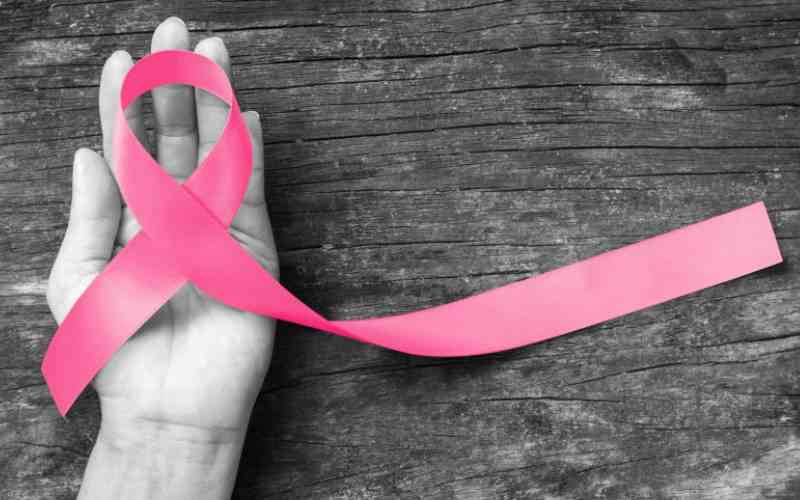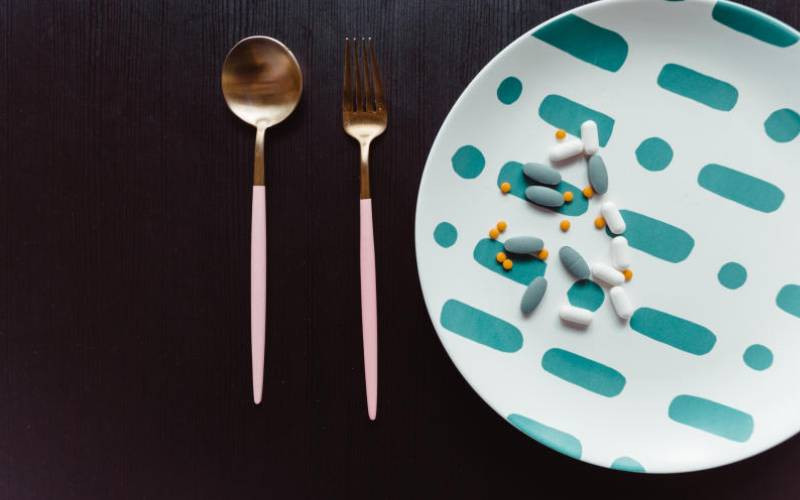
Are your teeth ageing you? How to keep your teeth white, bright and healthy
In honor of National Smile Month, we have all the advice you need to ensure your pearly whites stay that way…
Forget Botox, fillers and pricey anti-ageing creams. If you want to turn back the clock, the easiest (and least painful) way to do it is to look after your smile.
A study by tooth care company Oral B found a whiter, brighter smile can make you look at least five years younger.
"Just as you cleanse, tone and moisturize your skin, looking after your teeth and gums daily will really show results," advises Dr. Uchenna Okoye, a teeth expert from Londonsmiling.com. So here’s the low-down on getting healthier teeth…
Gum disease
Gum disease is caused by a build-up of plaque – a sticky bacteria that feeds on food debris left inside the mouth – on teeth and gums. Many of us will suffer from a degree of it at some point, but to prevent it, brushing your teeth thoroughly twice a day is essential.
"Plaque can form in just 24 hours if you haven’t been cleaning your teeth properly," explains dentist Dr. Mani Bhardwaj from The Smile Studios Dental Group (Thesmilestudios.co.uk). "If it isn’t removed, it multiplies, releasing toxins that cause gum inflammation and bleeding," adds Dr. Mani.
Gum disease, known as gingivitis, often causes no pain, so some damage may already have been done by the time it’s caught. If left untreated, it can develop into more serious problems and even tooth loss.
As well as your regular dentist, aim to visit a dental hygienist every three to six months. They will remove plaque and tartar from tricky areas you might not be able to reach yourself, like between the teeth or at the back of your mouth.
Tooth Decay
Tooth decay occurs when acids in your mouth dissolve the outer layers of your teeth, which can result in cavities, gum disease or abscesses. "Everyone’s mouth contains bacteria, and when we consume sugary or high-carb foods and drinks the bacteria produces acid," explains dental practitioner Dr. Amit Rai. "You need to brush your teeth regularly to remove bacteria, as well as reducing the amount of sugar you’re consuming."
Always brush your teeth as soon as you get up to give them added protection. "If you brush after breakfast and you’ve had juice, you’ll brush the acids from it straight into the enamel of your teeth," explains Dr. Rai.
A top tip is to use a straw if you’re drinking fizzy drinks or juice, and avoid snacking between meals. "Don’t forget, your saliva is the best natural antibacterial mouthwash – it protects your teeth from a build-up of both plaque and acid," adds Dr. Mani. So chew sugar-free gum for five or 10 minutes after eating to help produce more.
Yellowing Teeth
"As we get older, teeth get more yellow, so it’s an immediate giveaway of age, no matter how good the rest of your face looks," says Dr. Okoye.
Smoking, as well as tea, coffee, red wine, fizzy drinks and juices can lead to discolouring. "Anything that will stain a white shirt will stain your teeth," adds Dr. Okoye.
Instead of pricey whitening treatments, invest in a whitening toothpaste, which uses enzymes and gentle micro-abrasive ingredients to lift stains from teeth. Always check with your dentist before using harsh bleaching products.
"Some teeth actually look yellow because the enamel coating has worn down, either through excessive bleaching or aggressive brushing," explains Dr. Amit Rai. The yellow hue is the dentine showing underneath.
Receding gums
Receding gums occur when the tissue that surrounds your teeth wears away, exposing more of your tooth, or even its root. Teeth look longer and feel more sensitive.
Although looking a bit ‘long in the tooth’ is a problem that escalates as we age, this isn’t the only cause. "Gum recession is actually a long process that can be caused by lots of different factors, including smoking and diabetes," says Dr. Mani.
It often begins with gum disease when you’re young, which can develop into periodontal disease, where inflammation and chemicals released by bacteria destroy the gums and bone structure that hold your teeth in place. They become loose and may need to be removed.
"Gum recession can also be caused by brushing your teeth incorrectly, especially if you use a manual toothbrush and press too hard," says Dr. Mani
Give your pearlies a health kick
A few simple changes is all it takes to get teeth worth grinning for…
? Don’t rinse: While it’s OK to spit out excess toothpaste after brushing, try not to rinse your mouth with water. "It’s important to leave a protective coating of toothpaste on your teeth," explains Dr. Mani. "Fluoride in toothpaste works over time, helping prevent tooth decay."
? Floss daily: Use dental floss or interdental brushes daily to remove plaque between the teeth, don’t be put off if your gums bleed at first, "The more you clean between teeth and gums, the less inflammation and bleeding will occur," explains Dr. Rai. "As soon as you stop flossing, the plaque and the problems will return."
? Use a disclosing tablet: These show up patches on your teeth that you’re missing while brushing. "Areas with plaque stain pink or purple, and the darker the colour, the longer it’s been there," explains Dr. Okoye. "Most people use disclosing tablets first then brush, I suggest the opposite. Use after brushing, so you can learn which areas you’re missing."
? Choose the right mouthwash: "Mouthwash is great, but for specific things," says Dr. Okoye. Ask your dentist to recommend one that’s right for you, as some can stain teeth if used incorrectly. "Try a fluoride mouthwash for daily use, as the fluoride strengthens teeth, resulting in fewer cavities," she advises.
 The Standard Group Plc is a multi-media organization with investments in media platforms spanning newspaper print
operations, television, radio broadcasting, digital and online services. The Standard Group is recognized as a
leading multi-media house in Kenya with a key influence in matters of national and international interest.
The Standard Group Plc is a multi-media organization with investments in media platforms spanning newspaper print
operations, television, radio broadcasting, digital and online services. The Standard Group is recognized as a
leading multi-media house in Kenya with a key influence in matters of national and international interest.










